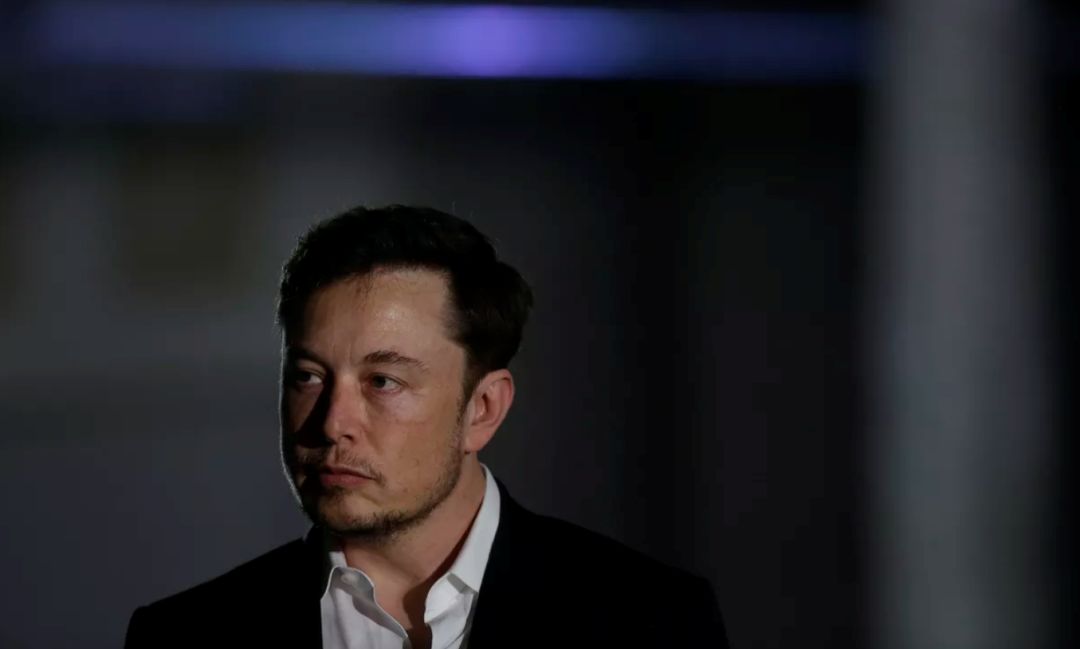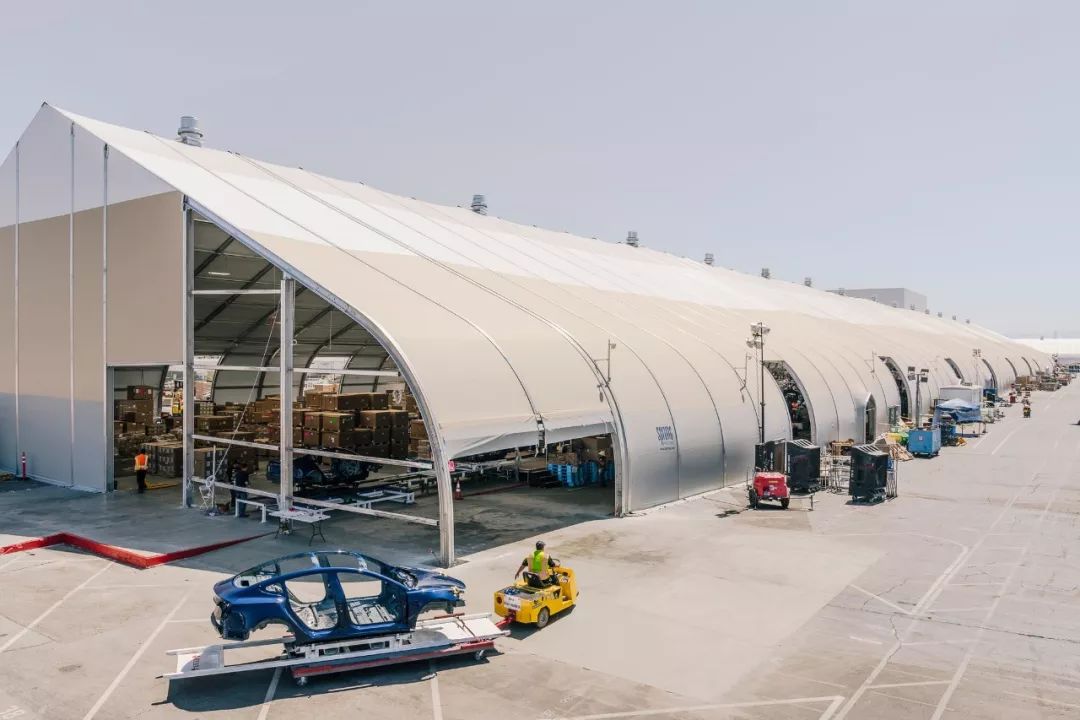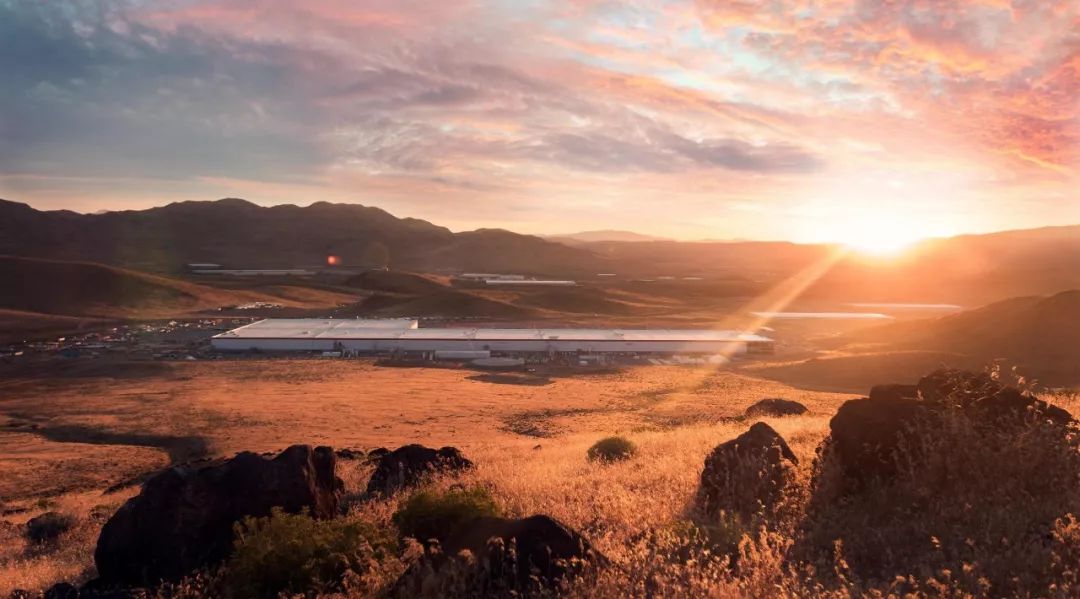On January 30, 2019, Tesla released its Q4 2018 and full-year financial report.
Basic Data Overview
-
Q4 revenue was $7.225 billion, with automotive revenue at $6.323 billion, up slightly by 4% QoQ
-
Q4 gross profit margin for automotive segment was 24.7%, down 15 basis points compared to 25.8% in Q3
-
Q4 energy generation and storage revenue was $371 million, down 7% QoQ
-
Q4 gross profit margin for energy generation and storage was 11.5%, down 570 basis points compared to 17.2% in Q3
-
Q4 deliveries: 27,607 Model S/X and 61,394 Model 3 vehicles
-
Tesla opened 27 new stores and service centers worldwide, bringing the total count to 378
These are the basic data points.
Wall Street views Tesla Q4 as a period of marginal ups and downs in various key operating metrics compared to Q3. Despite growth in revenue, these figures make investors uneasy given Tesla’s historic growth. This unease has been reflected in the company’s declining stock prices.
However, what Wall Street cannot see is that during Tesla’s Q2 earnings conference call last year, CEO Elon Musk had stated that “starting Q3, Tesla will be profitable and will remain so on a sustained basis, regardless of how many new products or factories the company builds.”
As promised, Tesla achieved profitability in Q3 after many years, and just recently in Q4, the company achieved profitability for the second consecutive quarter in its history.
Tesla Reaches Its Goals, and Elon Musk Grows UpElon’s first words at the financial report conference were: 2018 was absolutely the most challenging and successful year in Tesla’s history. As we mentioned in “Will Tesla’s future be better? | 42HOW Annual Report”, the whole company was ambitiously attempting to verify the feasibility of pushing the fully automated production line with existing technology in the first half of the year, and then admitted the failure of excessive automation in the second half of the year, and adjusted the operation strategy.

Combining the Q3 and Q4 financial reports, two positive signals can be found: Tesla achieved its target in Q4; Elon is getting more mature and proficient as a CEO of a publicly traded company.
In the Q2 financial report conference, Elon mentioned that Tesla would no longer add new production lines in the second half of the year, and would reach its goal of producing 7,000 vehicles per week by adjusting and optimizing the existing Model 3 production line.

The just-released financial report shows that Tesla achieved a production capacity of 7,000 Model 3 vehicles per week.
Every part of the Model 3 production process has demonstrated over a 24-hour period the ability to produce at an extrapolated rate of 7,000 vehicles per week.
Model 3 production process has validated the ability to produce at an extrapolated rate of 7,000 vehicles per week over a 24-hour period.It should be noted that Tesla did not set up a new production line from Q2’s 5,000 cars/week to Q4’s 7,000 cars/week. Instead, this was achieved by “adjusting and optimizing existing production lines” according to the previous plan. This is very important as it is the cornerstone of two consecutive quarters of year-on-year decreases in operating expenses in the second half of the year.
Specifically, in Q4, Tesla’s operating expenses were as low as $1.029 billion, with research and development expenses remaining the same year-on-year, while sales, general, and administrative expenses all decreased year-on-year.
Considering that sales, delivery, and service scale doubled in 2018, and the team expanded by 8,000 people (the layoff plan was not implemented until January 18, 2019), it can be interpreted that Tesla achieved a doubling of business operations with equivalent or even lower capital expenditures.
In addition, Tesla’s automotive gross margin reached 24.7% in Q4, compared to 13.8% in the first quarter of Model 3 production a year ago. Considering the introduction of lower-margin Model 3 long-range models in Q4, a significant increase in tariffs on imported parts from China, and across-the-board price cuts in the Chinese market, today’s achievements are attributable to improved production efficiency and reductions in battery costs.
Tesla previously expected battery costs to fall to $100/kWh by the end of 2018. The reduction in battery costs comes from two aspects: larger scale and technology improvement. Considering that battery demand in Q3 and Q4 was similar, it is highly likely that Tesla’s breakthrough was in battery technology. Unfortunately, Tesla CTO JB Struabel did not explain much.
In any case, such cost control ability is impressive. In the financial report meeting, Tesla CFO Deepak Ahuja and Elon both mentioned Tesla’s cost control capabilities. Continuously improving capital efficiency and reducing various costs with high-level financial discipline, including management costs, manufacturing costs, fixed costs, and variable costs, to achieve sustainable financial development.
With the achievement of production capacity goals and consecutive profitability targets, Tesla’s financial report is not bad. Another point worth noting is that Elon has become more mature.
Before this, how did the Wall Street shorts know the latest progress of Model 3 production capacity?
Every time the team achieved a phased production capacity goal, Elon immediately sent an email to all staff to congratulate everyone and publicly announce the next challenging goal. For example, at the end of Q1 2018, Elon sent an email congratulating the Model 3 project team for achieving a production capacity of 2,000+ cars/week in the past seven days; similarly, at the end of Q2, Elon announced that the company had achieved a production capacity of over 5,000 cars/week in the past week.## Elon did not send any capacity-related emails in Q4, does that mean the target wasn’t met? Not really. In fact, starting from Q3, Elon stopped announcing production targets and updates.
How did this change come about?
Prior to this, Elon would openly set very aggressive targets in regular all-staff emails and earnings calls, motivating everyone to push the limits to achieve their goals. Former Tesla Engineering Director Dave Lyons accurately described Elon’s style:
“He will fully push himself to the limit and put everything around him in danger. He cannot tolerate anything that is considered deferral or procrastination. He likes to break the boat and forge ahead, and the only way out is to move forward and always forward.”
This pressure is beneficial, as pressure creates motivation, as the saying goes: “great effort leads to great results.” In the past few years, Elon has led the Tesla team to achieve many technological breakthroughs, creating unbeatable products like Model S P100D even after a few years.
However, this style is not always good news, as underestimating the engineering challenges to achieve aggressive targets can lead to not only product delay but also negative media and Wall Street shorts. This double pressure made the Tesla team, who were all shareholders, physically and mentally tired.
Starting from Q3, Tesla no longer announces specific performance targets, and Elon no longer sends emails that could cause stock price fluctuations. When responding to analyst inquiries during earnings calls, all public outlooks tend to be conservative.
For example, Tesla has verified the feasibility of producing 7,000 cars/week in Q4 2018, but postponed the sustainable production capacity of 7,000 cars/week to the end of this year. At the same time, the annualized production capacity target of 500,000 cars/year was postponed to Q4 2019 to Q2 2020.
At the subsequent earnings call, Elon mentioned that he expected sales to be 50% higher than in 2018. For the production start dates of Autopilot, Model Y, Semi Truck, and standard Model 3, he used phrases such as “soon,” “confident,” and “production ramp-up curves are always difficult to predict,” without disclosing any specific dates.
On the one hand, this is not typical of Tesla, but on the other hand, when production targets tend to be conservative or no longer announced, we may see more earnings surprises in the future.
The short sellers’ space to short is finally under pressure, and perhaps this is the real battle of wits between Tesla and the shorts.
Chinese factory, in production by the end of the year
Q2, annual shareholder meeting, Q3, China became a high-frequency word in Tesla’s key meetings, and Q4 was no exception.
Elon explained the reason for speeding up the Shanghai Gigafactory during the earnings conference call.
Our cars in China are going to be very expensive. We have import duties. We have transport costs. We have higher labor costs. And we have never been eligible for any tax reduction or subsidy on electric vehicles. Many companies rely on subsidies. In fact, we get the least subsidy of any company.
It’s crazy. In fact, many countries have set price caps on electric vehicle subsidies (i.e. luxury cars are not eligible for subsidies), which affects Tesla. In China, the largest electric vehicle market in the world, we have never received any subsidies or tax incentives.
The demand for the Model 3 is insane. The limiting factor is affordability. People don’t have enough money in their bank account to buy cars, not that they don’t want to buy. If cars become cheaper, demand will explode.
Tesla disclosed a crucial update in the earnings report.
We plan to start producing Model 3 vehicles at our Gigafactory Shanghai using a complete vehicle production line by the end of this year. We expect the capital spend per unit of capacity for this factory to be less than half of that of our Model 3 line in Fremont.
Elon further clarified the meaning of “a complete vehicle production line” during the earnings conference call.By the end of this year, we expect to be producing Model 3s using a complete vehicle production line at the Shanghai Super Factory, including body paint, final assembly, general assembly, and module production. It may seem impossible given the time frame of only 10 months, but Elon Musk described the factory construction speed as “go up like lightning”. The Shanghai Super Factory will be built in a modular design similar to Gigafactory 1 in Nevada, with the initial investment of only $500 million provided by the Bank of China. Musk is in close communication with the construction team and plans to visit China multiple times this year to assess the progress. Tesla’s experience from Gigafactory 1 and Model 3 production lines will allow the company to spend capital more efficiently, with an estimated capital expenditure of only 1/4 of Gigafactory 1. Even if the cost exceeds expectations, it is not expected to exceed half of that amount.Although Tesla faced some real challenges in 2018, from the financial report conference, the company’s operational rhythm has returned to normal, and the Tesla management team has become more and more adept at handling the financial report conference, which is a good sign.



This article is a translation by ChatGPT of a Chinese report from 42HOW. If you have any questions about it, please email bd@42how.com.
